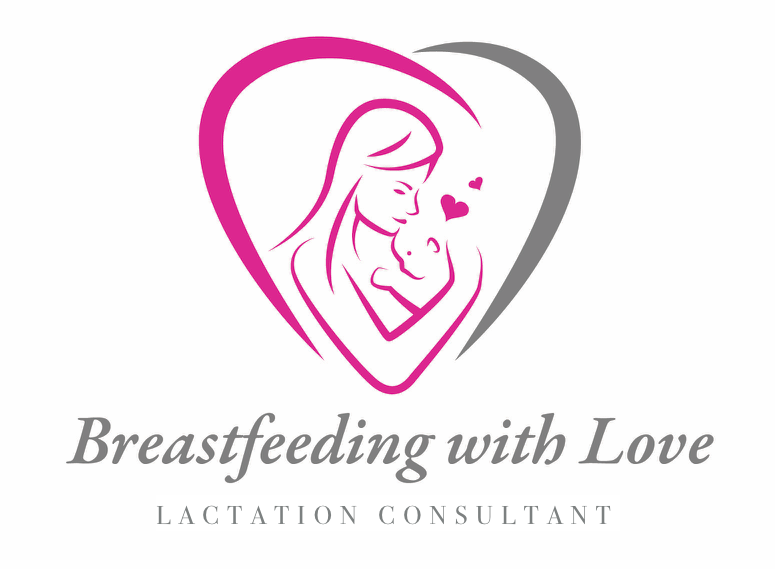Colostrum, Your First Drop Of Breast Milk
" I just had a consult right when I arrived home from the hospital. Betty Greenman showed me how my breast milk went from Colostrum to Mature Milk. She went over breastfeeding and the right positions for me and showed me how to use my pump. She also gave me tips of how to produce more milk." Stephanie K.
"Betty Greenman explained to me that the first days you milk comes in and it is called Colostrum. Then it becomes mature milk and changes color. She had a great pamphlet for me to see when she came over." Aliza S.
What is Colostrum and why is it so important for your baby to get off to a great start?
Colostrum is the baby's first breast milk. It is very important to begin to breastfeed the first hour after delivery. In the first half-hour of birth, the baby sucking reflex is strong and the baby is more alert therefore, it is an ideal time to breastfeed. ( Renfrew and Lang, 1998) It is important to establish a good breastfeeding pattern within the first few days, which is crucial to begin your breastfeeding journey.
Please do not be discouraged if you start off with only a few drops of breast milk. It may take several weeks before you establish a good milk supply.
Colostrum protects the baby against diseases. It is lower in fat and higher in proteins. It is the perfect food for the new baby's digestive system. It also has a laxative effect, helping your baby pass its first stool called meconium. Colostrum also helps clear excess bilirubin, which can help with jaundice.
Once the baby begins to breastfeed, you will feel let down reflux. It may take anywhere from several seconds to several minutes. As the baby sucks, the baby starts to stimulate the nerve endings on your nipple. Beneficial hormones are released into the mother’s body. The breast is a remarkable endocrine organ that experiences growth, differentiation, and lactation in response to the complex interplay of hormones and stimulation. (Unvas- Moberg and Eriksson, 1996). In fact, this signals the pituitary gland in your brain to produce more of the hormone Prolactin, which is the hormone for milk production. This hormone stimulates the alveoli, which are tiny sacs containing milk-producing cells within the breast, to produce milk. As long as your breasts are sucked, it will stimulate milk production. Another hormone called Oxytocin is released helping the alveoli to squeeze the milk from the alveoli into the ducts. Oxytocin also causes the uterus to contract while the baby is being breastfed. Breastfeeding your baby helps the body produce Oxytocin. Breastfeeding releases Oxytocin and Prolactin, hormones that relax the mother and make her feel more nurturing toward her baby (Stuart-Macadam and Dettwyler, 1995). These hormones help the uterus return to the prepregnancy state faster.
Colostrum has many immune factors, natural antibodies, providing strong support for the immune system. Additionally, colostrum fights viruses, bacterias, yeasts, fungus, allergens, and toxins. Colostrum provides the baby's body with numerous immune and growth factors.
Newborn infants feed 8 to 12 times a day. Breast milk changes over the duration of the months a mother breastfeeds her baby. The first breast milk is Colostrum, which comes in within the first few days of birth. Colostrum contains many antibodies. It is yellowish in color. It contains more fat and protein for your baby. Additionally, water makes up the majority of human milk.
Colostrum also has vitamins and minerals. They include:
Vitamin B6, Vitamin B12, Vitamin E, Vitamin C, Thiamin (Vitamin B1), Folic Acid, Pantothenic Acid, Riboflavin (Vitamin B2), Beta-carotene, Glycoconjugates, Glycogen, and Retinoic Acid. The minerals included in Colostrum are Calcium, Chromium, Iron, Magnesium, Phosphorus, Potassium, Sodium and Zinc.
Colostrum also contains growth factors. They are :
Growth hormone (GH), Insulin type growth factor (IGF-1), Insulin type growth factor (IGF-2), Transforming growth factor (TGF-alpha), Transforming growth factor (TGF-beta), and secretory IgA.
Secretory IgA which protects the baby from viruses and bacteria is also found in Colostrum. It also protects against E. Coli and other allergies. Other immunoglobulins include IgG, IgD, igE, and IgM which also protect against bacterial and viral infections. Lysozyme is an enzyme that protects the infant against E Coli and Salmonella. It promotes the growth of healthy intestinal flora and has anti-inflammatory functions. Bifidus factor supports the growth of Lactobacillus. Lactobacillus is a beneficial bacteria that protects the baby against harmful bacteria by creating an acidic environment where it cannot survive.
Other Health Related Components of Colostrum are: Lactoperoxidase-thiocyanate: anti-microbia, Lactoferrin: regulates iron adsorption 20 times more concentrated in colostrum than milk. It is highly antiviral, antibacterial, antifungal and antioxidant. Transferrin binds and transports iron. Lysozome is an hydrolyzing agent and immune system booster,capable of destroying bacteria and viruses on contact. Leukocytes stimulates the production of interferon, which slows viral reproduction, and penetration of cell walls. Lymphokines along with Interleukin-1,6, Gamma, Beta, are thought to be highly effective antiviral immune substances. Interleukins regulate the duration and intensity of the immune response and are responsible for cell to cell communication, can boost T-cell activity and the production of immunoglobulins. Xanthine Oxidase oxidizes bacteria through its ability to release hydrogen peroxide. Typsin and Protease Inhibitors (glycoproteins) prevent the destruction of immune and growth factors from being broken down the GI tract, treatment of ulcers. Lactalbumin raises brain serotonin levels, improves mood under stress. Milk Fat Globule Membrane contains compounds, such as sphingomyelin, and other phospholipids that assist in the development of the mucosal barrier, liver function, brain function, and immune function. Milk Fat: provides essential fatty acids for cell development and acts as an energy source. Colostrum milk fat profile similar to that of spring milk (more unsaturated fatty acids). Lacto-oligosaccharides promotes the growth of good bacteria in the intestine. Sialyloligosaccharides and sialyl glycoconjugates have an immune function in the intestine and are involved in brain and nerve development.
In conclusion, breast milk contains fats that are good for brain development so starting to breastfeed right away in the hospital gets your child off to a great start in life. Therefore, Colostrum is a great start for your baby’s health.
Foremilk
After 3 to 4 days, the breast will begin to produce mature milk. This satisfies the babi’s thirst and provides protein, sugars, and minerals the baby needs. Foremilk is breast milk that is available at the beginning of a feeding, which is typically lower in fat and higher in carbohydrates. Furthermore, the average calorie and fat content of human milk is 22kcal/oz. The amount of fat changes dramatically during each feeding throughout the day since fat content depends on the degree of the emptiness of the breast, empty breast equals high fat and a full breast equals low milk.
Hindmilk
Hindmilk is present after the mother’s breast milk supply has been established. Hindmilk is breast milk at the end of a feeding which has a higher fat content than foremilk at that feeding. Hindmilk is best for the baby’s weight gain, brain development, and stooling. Hindmilk has lower water content and higher fat content to satisfy hunger.
Baby FeedingCues:
Wiggling and moving the arms can be a feeding cue that the baby is starting to get ready to want to eat. Other cues can be rooting, where the baby turns its head when you touch its cheek or wants to eat your shirt; the baby puts its finger in its mouth, squeaky noises, being fussy, and is restless. The latest cue is when the baby starts to cry really hard and the baby’s color turns red. It is best to try to feed the baby before this happens so you will have a more successful breastfeeding session.
Wet Diapers
As mentioned above, newborns should breastfeed 8 to12 times in a 24 hour period for the first 2 to 4 weeks. Watch for feeding cues such as increased alertness or activity, mouthing, rooting, and sucking, and feed on demand. At a minimum, newborns should eat every three hours. Stools are loose and change from black to brown to a mustard yellow in color in the first five days. Breastfed babies vary in stool pattern but by the third day, they have at least 2 to 3 stools in a 24 hour period. Most babies by the fourth day have 4 seedy yellow stools per day. Wet diaper patterns go as follows: Day 1- 1 wet diaper, Day 2-2 wet diapers, Day 3- 3 wet diapers, Day 6- 6 to 8 wet diapers.

